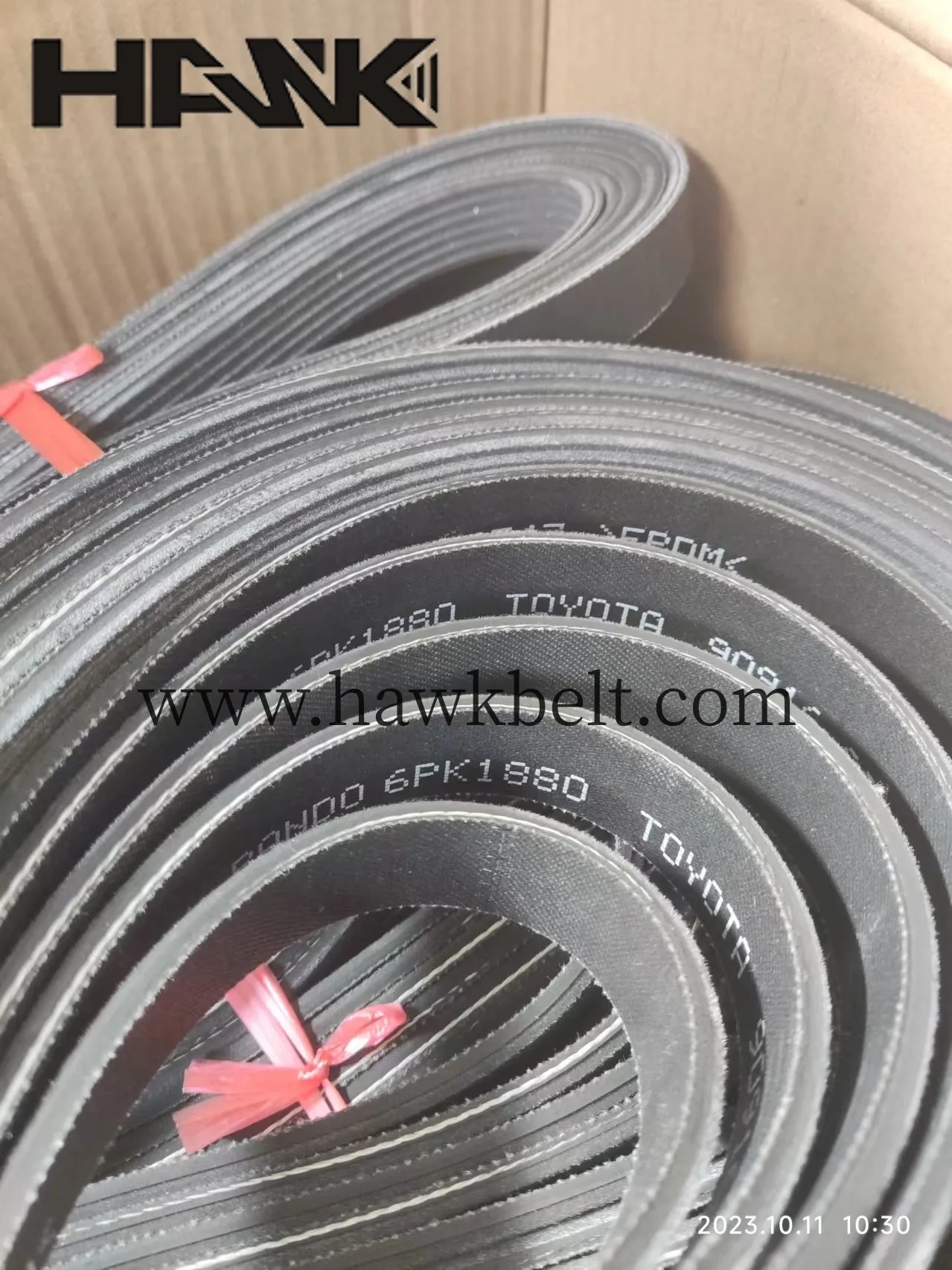- Arabic
- French
- Russian
- Spanish
- Portuguese
- Turkish
- Armenian
- English
- Albanian
- Amharic
- Azerbaijani
- Basque
- Belarusian
- Bengali
- Bosnian
- Bulgarian
- Catalan
- Cebuano
- Corsican
- Croatian
- Czech
- Danish
- Dutch
- Afrikaans
- Esperanto
- Estonian
- Finnish
- Frisian
- Galician
- Georgian
- German
- Greek
- Gujarati
- Haitian Creole
- hausa
- hawaiian
- Hebrew
- Hindi
- Miao
- Hungarian
- Icelandic
- igbo
- Indonesian
- irish
- Italian
- Japanese
- Javanese
- Kannada
- kazakh
- Khmer
- Rwandese
- Korean
- Kurdish
- Kyrgyz
- Lao
- Latin
- Latvian
- Lithuanian
- Luxembourgish
- Macedonian
- Malgashi
- Malay
- Malayalam
- Maltese
- Maori
- Marathi
- Mongolian
- Myanmar
- Nepali
- Norwegian
- Norwegian
- Occitan
- Pashto
- Persian
- Polish
- Punjabi
- Romanian
- Samoan
- Scottish Gaelic
- Serbian
- Sesotho
- Shona
- Sindhi
- Sinhala
- Slovak
- Slovenian
- Somali
- Sundanese
- Swahili
- Swedish
- Tagalog
- Tajik
- Tamil
- Tatar
- Telugu
- Thai
- Turkmen
- Ukrainian
- Urdu
- Uighur
- Uzbek
- Vietnamese
- Welsh
- Bantu
- Yiddish
- Yoruba
- Zulu
ඔක්. . 17, 2024 03:33 Back to list
timing belts
Understanding Timing Belts Essential Components of Engine Functionality
Timing belts play a crucial role in the performance and longevity of internal combustion engines. These essential components synchronize the movement of the engine's crankshaft and camshaft, ensuring that the engine's valves open and close at the correct intervals relative to the position of the pistons. A precise synchronization is vital for optimal engine performance, fuel efficiency, and emissions control.
Typically made from reinforced rubber with nylon or fiberglass cords, timing belts are designed to withstand extreme temperatures and mechanical stresses. Unlike chains, timing belts are quieter and lighter, contributing to overall engine efficiency. However, they do have a limited lifespan and require regular maintenance and timely replacement to prevent catastrophic engine failure.
One of the most critical aspects of timing belts is their tension. Proper tension ensures that the belt maintains the correct alignment and does not slip. A loose timing belt can cause misalignment, leading to poor engine performance, while a belt that is too tight can wear out faster and may even break. Regular inspections and adjustments are necessary to maintain the right tension and prolong the life of the timing belt.
timing belts

Preventive maintenance is pivotal in ensuring the longevity of timing belts. Most manufacturers recommend replacing the timing belt every 60,000 to 100,000 miles, depending on the vehicle's make and model. Ignoring this recommendation can result in serious engine damage, often necessitating expensive repairs or even complete engine replacement. Signs of a failing timing belt include unusual noises from the engine, oil leaks, or the engine running rough.
It is also essential to consider the timing belt as part of a broader engine maintenance plan. When replacing a timing belt, it is advisable to inspect and, if necessary, replace related components such as tensioners, pulleys, and water pumps. This approach not only prevents potential issues in the near future but also ensures the overall health of the engine.
In summary, timing belts are a vital component of most internal combustion engines, playing a key role in their efficiency and performance. Regular maintenance, timely replacement, and a comprehensive understanding of their functioning are crucial for any vehicle owner. By prioritizing these aspects, drivers can safeguard their investments and enjoy reliable engine performance for years to come. As technology continues to evolve, the design and materials used in timing belts will also improve, further enhancing their effectiveness and durability in future automotive applications.
-
Korean Auto Parts Timing Belt 24312-37500 For Hyundai/Kia
NewsMar.07,2025
-
7PK2300 90916-T2024 RIBBED BELT POLY V BELT PK BELT
NewsMar.07,2025
-
Chinese Auto Belt Factory 310-2M-22 For BMW/Mercedes-Benz
NewsMar.07,2025
-
Chinese Auto Belt Factory 310-2M-22 For BMW/Mercedes-Benz
NewsMar.07,2025
-
90916-02660 PK Belt 6PK1680 For Toyota
NewsMar.07,2025
-
drive belt serpentine belt
NewsMar.07,2025

